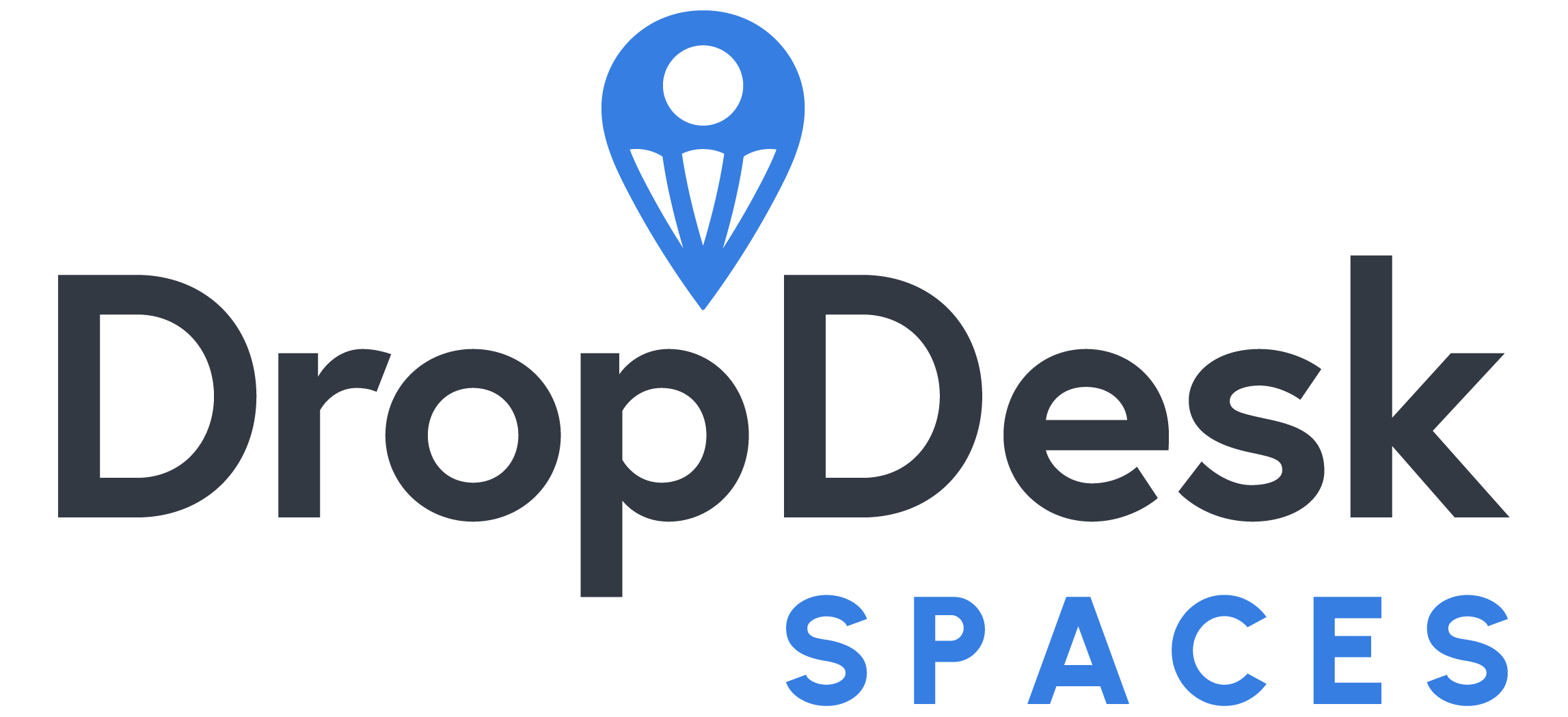Managing a photo studio takes more than having the right camera or a clever eye for composition. The way your studio runs behind the scenes can shape how clients feel when they walk in, how smoothly sessions go, and whether people come back or recommend you. A well-managed studio brings order to creative chaos. It helps photographers feel confident, clients feel relaxed, and work gets done faster.
You don’t need a giant space or expensive tools to pull it off either. The key is to be intentional about how your space is set up and how the flow of work is handled. When renting or running a studio, being smart about location, lighting, background gear, and schedules helps you save time and energy. With the right support system in place, staying on top of bookings, prepping the space, and serving clients gets easier and that keeps the focus on the creative work instead of the logistics.
Setting Up a Professional Photo Studio
Your studio layout depends a lot on what kind of photos you shoot most. Product photos, portraits, content for brands, or lifestyle shots all need different setups. Start by deciding which activities take up the most time. For example, if you shoot fashion portraits, you’ll want a dedicated changing area and flexible lighting zones. If you’re mostly doing food photography, you’ll need surfaces near windows or spaces where you can block out natural light entirely.
Here are a few tips for choosing and preparing your space:
Pick the right location in the studio
Stay away from spaces with a lot of natural distractions like mirrors, clutter, or noise from nearby areas. Look for a room that gives you control over light and sound while offering flexibility to move gear or furniture. Try to have at least two usable walls so you can shoot from multiple angles or set up different backdrops without resetting every time.
Get your lighting set up before you need it
You don’t need a giant selection of lights, but having solid basics like a continuous softbox light and a strobe with modifiers makes a big difference. Shadows that are too harsh or lighting that shifts every time the sun goes behind a cloud can throw off a whole shoot. Planning your lighting setup ahead of time keeps you from scrambling during sessions.
Think about background options
It’s useful to have both fixed and portable backgrounds. You might keep a clean white wall, a blackout curtain, and a basic muslin background on hand. Swapping between colors or textures adds variety to shoots without needing to change rooms. Collapsible panels or standing backdrops with tripod support let you shift layouts in a hurry.
Even smaller touches make a studio run better. Have chargers and outlets ready, label drawers where props or accessories live, and keep cleaning supplies tucked somewhere nearby. One photographer transformed her tiny single-room studio with rolling carts and ceiling-mounted light rails. That freed up walking space and made it easier to reset faster between sessions. Good prep lets you focus on the client instead of tripping over cables or searching for batteries during a shoot.
Utilizing DropDesk for Studio Management
Booking time in studios or managing hourly rentals can turn chaotic if people double book or miscommunicate last minute. That’s where studio platforms with built-in scheduling tools can help. Look for ones that show availability in real time and automate reminders or confirmations. This saves you from juggling group texts or needing big spreadsheets of who’s booked when.
The marketplace programme model is useful when you’re trying to find extra shooting spots or rent yours to other artists. These platforms take care of payment processing, policies, and even cancellation systems so you don’t have to. Artists looking for new spaces benefit from verified listings and visual previews of each room’s setup.
Some platforms also let you:
– Create custom listings with rates, photos, and amenities
– Track bookings all in one dashboard
– Sort rentals by criteria like lighting type, space size, or equipment included
– Communicate quickly with renters or clients right from the system
If you’re managing multiple rental listings or partnering with others in your building, this kind of setup brings way more control without needing specialized software. You don’t need to act like an IT expert just to keep your photo studio organized. Let your platform do the heavy lifting so your energy stays where it belongs behind the lens.
Managing Bookings and Client Relationships
Running a photo studio smoothly involves more than just snapping shots. Keeping a steady client flow and managing appointments effectively adds to the studio’s success. First, setting up a clear booking system helps ensure sessions don’t overlap. Consider a simple online scheduler where clients can see availability and book their preferred time slots.
Communication is also key to building solid relationships with clients. Make sure clients receive friendly reminders of upcoming sessions and confirmations as soon as they book. If a client reaches out with questions or requests, be prompt and thorough in your response. Quick and clear communication helps reassure clients that you value their time.
Besides keeping schedules organized, it’s helpful to tailor the studio space to meet client needs. Ask for feedback after each session to learn what they liked and what could improve. Take note of specific preferences, whether it’s about lighting, backdrop choices, or props. Happy clients are more likely to return or spread the word to their friends.
Enhancing Studio Efficiency and Profitability
Maximizing the efficiency of a photo studio means being smart with time and space. The goal is to keep equipment organized and sessions flowing without delay. Invest in storage solutions like labeled bins or racks, making it easy to find and set up gear quickly. Consider flexible furniture layouts that adapt to different shoot styles, saving time rearranging between bookings.
An organized space not only improves workflow but also influences client impressions. Cleanliness should always be a priority, ensuring the studio is ready for every new client walking through the door. Maintain a regular cleaning schedule and have supplies handy for quick touch-ups throughout the day.
Marketing your studio effectively can help reduce downtime. Create an attractive online profile showcasing your space with high-quality images and detailed descriptions. This helps set clear expectations and grabs attention from the right audience. Social media is a useful tool to show off behind-the-scenes content, share client stories, and post updates about availability or offers.
If you’re listing your space on platforms like DropDesk, update your listings often. Highlight features that set your studio apart whether it’s lighting specs, equipment, or flexible access. Good listings invite serious renters and help fill your schedule with fewer gaps.
Crafting an Unforgettable Studio Experience with DropDesk
A well-run photo studio does more than deliver great image quality. It creates an experience clients remember and talk about. That comes down to more than gear or layout. It’s in the way you greet people, how smoothly the session goes, and whether everything feels ready when they arrive.
Using a platform like DropDesk takes the pressure off your plate. You don’t have to build separate systems to handle bookings, payments, or space management. Tools that automate the day-to-day help keep your focus on photography while keeping the business side steady.
Studio success isn’t about size. It’s about consistency. Whether you’re full time or renting your studio part-time, smooth operations help you grow. With the right support, your studio becomes a place where creativity feels easy, and your clients leave happy.
Discover how DropDesk’s marketplace programme can streamline your photo studio management. The platform makes it easy to connect with other creatives, manage new shooting locations, and simplify bookings in one place. With tools designed to cut down on admin work and improve studio flow, DropDesk helps you stay focused on delivering standout photos your clients will love.





